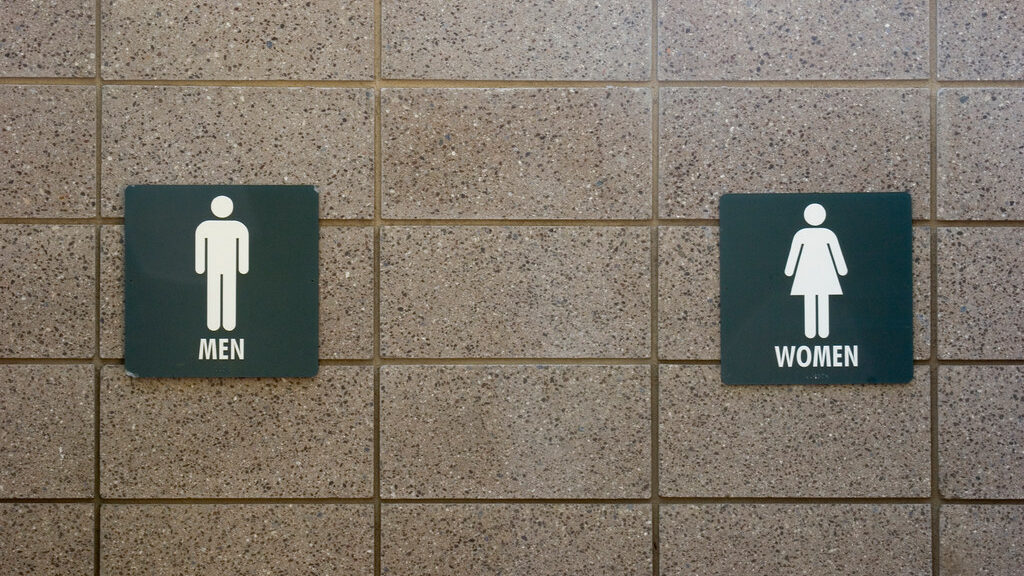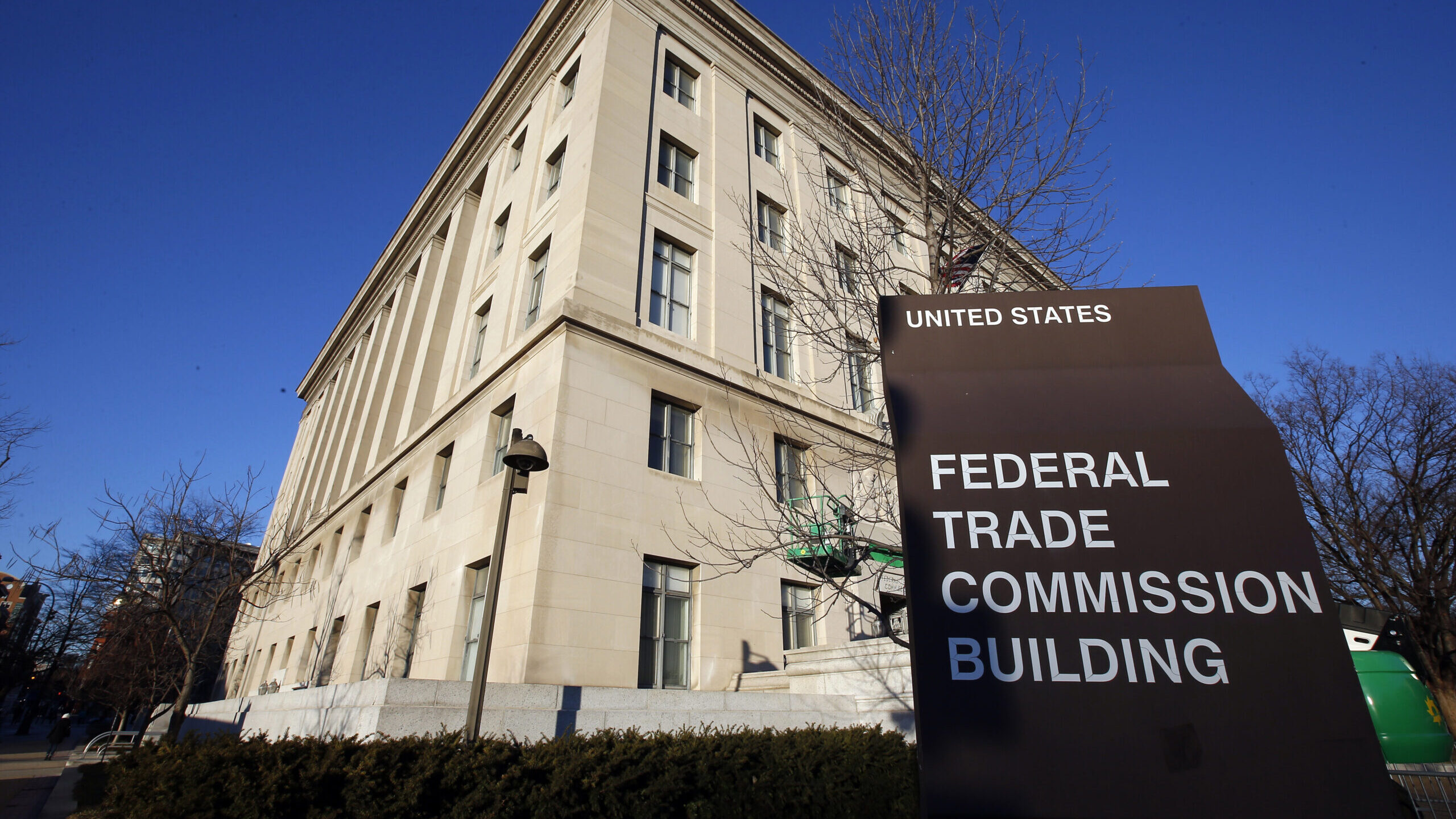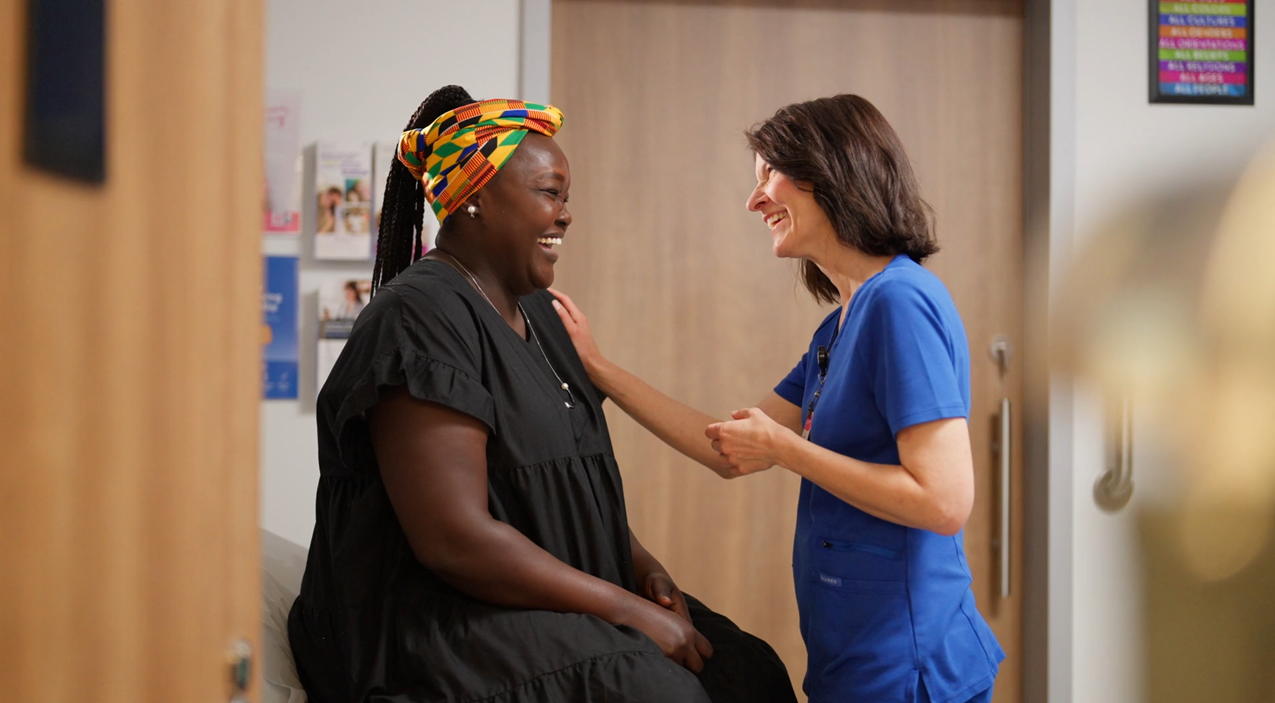Utah Independent Redistricting Commission finalizes maps, pushes back on Rob Bishop claims
Oct 26, 2021, 6:21 PM | Updated: Oct 27, 2021, 8:49 am
SALT LAKE CITY — The Utah Independent Redistricting Commission has approved the 12 maps to be presented to Utah lawmakers next week in the effort to redraw Utah’s district boundaries with new 2020 census data.
They also strongly disagreed with claims made by Rob Bishop, when he resigned from the committee abruptly Monday night. He claimed that the Commission didn’t work well together and that more members of the Independent Redistricting Commission wanted largely urban districts, as opposed to districts with more urban and rural in each, like Bishop wanted.
“I want to explicitly disagree with the characterization of the Commission and its work. I believe the Commission has worked well together and has had excellent outcomes,” said Commission chairman Rex Facer.
“The commission did choose a map that had a very high urban-rural mix,” he said, speaking of one of the maps that carves districts like a pizza pie, keeps some rural and some urban in the districts. The two other maps have a more ‘donut hole’ shape where they carve out counties like Salt Lake and Utah in more urban areas, while keeping rural northern and southern districts pretty large geographically.
You can view the full maps here.
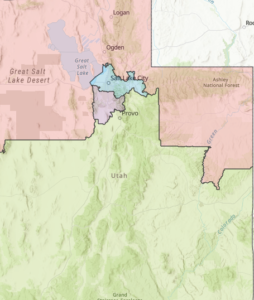
UIRC “Purple” version of Congressional map, shaped like a doughnut hole with large sections of urban counties their own district, and northern and southern rural Utah being their own.
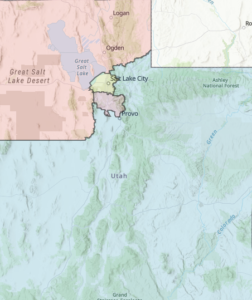
UIRC “Orange” version of Congressional map, shaped like a doughnut hole with large sections of urban counties their own district, and northern and southern rural Utah being their own.
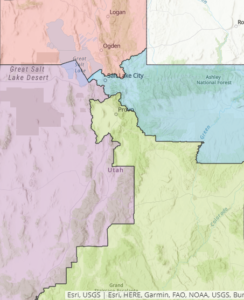
Public map adopted by UIRC , shaped like a pizza pie with more urban and rural counties in each district
Commissioner Christine Durham also made her displeasure known.
“Commissioner Bishop left the Commission before we discussed and voted on the congressional maps which he was critiquing,” she said. “One wonders if would have voted for that map if he had still been here. ”
The commission said Bishop’s resignation won’t interfere with submitting their maps to the legislature. Ultimately, they approved three maps for each Congressional, state senate, state house, and state school board boundaries.
“[Our maps] represent high quality maps that are following the set of principals that we had, that were done in a fair and open and transparent process, and are something that the voters of Utah can be proud of,” said Facer.
Lawmakers are working on their own maps but haven’t made them public. They also don’t have to adopt these ones from the commission.
The public can weigh in when the Commission presents it’s maps to the committee of lawmakers Nov. 2 at 2 p.m.
Read More:




